

- RFQ
- BOM
-
Contact Us
Tel: +86-0755-83501315
Email: sales@sic-components.com
- Chinese
- English
- French
- German
- Portuguese
- Spanish
- Russian
- Japanese
- Korean
- Arabic
- Irish
- Greek
- Turkish
- Italian
- Danish
- Romanian
- Indonesian
- Czech
- Afrikaans
- Swedish
- Polish
- Basque
- Catalan
- Esperanto
- Hindi
- Lao
- Albanian
- Amharic
- Armenian
- Azerbaijani
- Belarusian
- Bengali
- Bosnian
- Bulgarian
- Cebuano
- Chichewa
- Corsican
- Croatian
- Dutch
- Estonian
- Filipino
- Finnish
- Frisian
- Galician
- Georgian
- Gujarati
- Haitian
- Hausa
- Hawaiian
- Hebrew
- Hmong
- Hungarian
- Icelandic
- Igbo
- Javanese
- Kannada
- Kazakh
- Khmer
- Kurdish
- Kyrgyz
- Latin
- Latvian
- Lithuanian
- Luxembou..
- Macedonian
- Malagasy
- Malay
- Malayalam
- Maltese
- Maori
- Marathi
- Mongolian
- Burmese
- Nepali
- Norwegian
- Pashto
- Persian
- Punjabi
- Serbian
- Sesotho
- Sinhala
- Slovak
- Slovenian
- Somali
- Samoan
- Scots Gaelic
- Shona
- Sindhi
- Sundanese
- Swahili
- Tajik
- Tamil
- Telugu
- Thai
- Ukrainian
- Urdu
- Uzbek
- Vietnamese
- Welsh
- Xhosa
- Yiddish
- Yoruba
- Zulu
- Kinyarwanda
- Tatar
- Oriya
- Turkmen
- Uyghur
What is a Light Sensor? Definition, Types and Applications
What is a Light Sensor? https://www.sic-components.com/sensors-transducers/color-sensors
A light sensor is a specialized photoelectric device that serves as a bridge between the world of light and the realm of electrical signals. At its core, its fundamental function is to detect light energy, encompassing both visible light and infrared light, and convert it into an electrical signal. This conversion process allows light sensors to translate the physical phenomenon of light into a form that can be understood and utilized by electronic systems.
Light sensors are passive components, meaning they do not generate their own energy but rather rely on the incoming light to initiate a response. They are also known as "photoelectric devices" or "photo sensors," highlighting their ability to interact with light and produce an electrical output. By measuring the radiant energy within a specific frequency range, which spans from the infrared spectrum to the visible spectrum and up to the ultraviolet spectrum, light sensors can generate an output signal that indicates the intensity of the light they detect.
How do Light Sensors Work? https://www.sic-components.com/sensors-transducers/color-sensors
The operation of light sensors is based on several physical principles, depending on their type. In general, when light interacts with the sensitive material of a light sensor, it causes a change in the material's electrical properties. For example, in photoconductive light sensors like photoresistors, light absorption by a semiconductor material creates electron-hole pairs. These additional charge carriers reduce the material's resistance, allowing more current to flow through the sensor when illuminated.
In photodiodes, the incident light with sufficient energy (at least 1.1 electron volts) generates electron-hole pairs within the semiconductor. The formation of these pairs creates a depletion region, and the electrons and holes are then separated by the electric field in the device, resulting in an electrical current that is proportional to the light intensity.
Phototransistors, which are similar to photodiodes but with added amplification capabilities, work by using the light-generated current in the base region to control the larger collector-emitter current. The more light that hits the phototransistor, the greater the base current, and consequently, the larger the collector current.
Understanding Light Sensor Technology
Light sensor technology has evolved significantly over the years, enabling more accurate and efficient light detection. Different types of light sensors are designed with specific materials and structures to optimize their performance for various applications. For instance, materials like cadmium sulfide, silicon, and germanium are commonly used in light sensors due to their unique optical and electrical properties.
The design of light sensors also takes into account factors such as sensitivity, response time, and spectral range. Sensitivity refers to how well a sensor can detect low levels of light, while the response time indicates how quickly the sensor can react to changes in light intensity. The spectral range determines which wavelengths of light the sensor can detect, with some sensors being more sensitive to visible light and others optimized for infrared or ultraviolet light.
Types of Light Sensors
Photoresistors
Photoresistors, also known as light-dependent resistors (LDRs), are one of the most common types of light sensors. They are made from semiconductor materials, typically cadmium sulfide, which exhibit a change in electrical resistance when exposed to light. In the dark, the resistance of a photoresistor is very high, often in the range of several thousand ohms or more. As light falls on the photoresistor, the energy from the photons causes electrons to move from the valence band to the conduction band, creating electron-hole pairs. This increase in charge carriers reduces the resistance of the material, allowing more current to flow through the circuit.
Photoresistors are widely used in applications where a simple and cost-effective light detection mechanism is required. For example, they are commonly found in streetlight control systems, where they detect the ambient light level and trigger the lights to turn on when it gets dark and off when it becomes bright. They are also used in automatic nightlights, photography light meters, and some home automation systems for light sensing.
Photodiodes
Photodiodes are semiconductor devices that convert light into an electric current. They are based on the principle of the inner photoelectric effect, where incident light generates electron-hole pairs within the semiconductor material. Photodiodes are typically made from silicon or germanium and have a PN-junction structure. When light with sufficient energy hits the PN-junction, it creates electron-hole pairs, which are then separated by the built-in electric field of the junction. The electrons move towards the N-side, and the holes move towards the P-side, resulting in a flow of current through the photodiode.
Photodiodes are known for their fast response time and high sensitivity to light. They are used in a variety of applications, including optical communication systems, where they detect light signals in fiber optic cables; smoke detectors, where they sense the scattering of light caused by smoke particles; and remote control receivers, where they detect the infrared light signals emitted by remote controls.
Phototransistors
Phototransistors are similar to photodiodes but offer the added advantage of signal amplification. They can be thought of as a combination of a photodiode and an amplifier. When light falls on the base region of a phototransistor, it generates a small current, similar to a photodiode. This base current is then amplified by the transistor, resulting in a much larger collector current. Phototransistors are more sensitive to light than photodiodes and can produce a stronger electrical output for a given amount of light input.
They are commonly used in applications where a higher level of sensitivity is required, such as in security systems for detecting the interruption of a light beam, in optical encoders for measuring position and motion, and in some types of light - activated switches. Darlington phototransistors, which consist of two transistors in a Darlington configuration, offer even higher sensitivity and are used in applications where extremely low light levels need to be detected.
Photo-emissive Cells
Photo-emissive cells release free electrons from a light-sensitive material, such as caesium, when struck by a photon of sufficient energy. The energy of the photons depends on the frequency of the light, and higher - frequency light can cause more electrons to be emitted. These emitted electrons can then be collected and used to generate an electrical current. Photo-emissive cells are less common than other types of light sensors but are used in some specialized applications, such as in certain types of photomultiplier tubes, which are highly sensitive detectors used in scientific research, astronomy, and radiation detection.
Photo-voltaic Cells
Photovoltaic cells, the most well-known of which are solar cells, convert light energy directly into electrical energy in the form of a voltage or current. They are made from semiconductor materials, typically silicon, with a PN-junction structure. When light hits the photovoltaic cell, it creates electron-hole pairs, and the built-in electric field of the PN-junction separates these charge carriers, generating a flow of electrons and creating a voltage across the cell.
Photovoltaic cells are widely used as a renewable energy source, powering everything from small solar-powered calculators to large-scale solar power plants. They are also used in other applications where a self-sustaining power source based on light is required, such as in remote sensors, outdoor lighting systems, and some types of satellites.
What are the Most Common Applications that Light Sensors are Used in? https://www.sic-components.com/sensors-transducers/color-sensors
Consumer Electronics
In consumer electronics, light sensors play a crucial role in enhancing user experience and functionality. For example, in smartphones and tablets, ambient light sensors automatically adjust the screen brightness based on the surrounding light conditions. This not only saves battery power but also ensures that the screen is always at an optimal brightness level for comfortable viewing, whether in bright sunlight or a dimly lit room.
Light sensors are also used in digital cameras to measure the light intensity of the scene being photographed. This information is used by the camera's automatic exposure system to adjust the aperture, shutter speed, and ISO settings, ensuring that the photos are properly exposed. Additionally, in some smartwatches and fitness trackers, light sensors are used for heart rate monitoring, where they detect the amount of light reflected or absorbed by the blood vessels in the skin to measure the heart rate.
Automotive
In the automotive industry, light sensors are used for various purposes. Automatic headlight systems use light sensors to detect the ambient light level and turn the headlights on or off accordingly. This improves safety by ensuring that the headlights are on when needed, such as in low-light conditions or when entering a tunnel, without the driver having to manually operate the headlight switch.
Light sensors are also used in interior lighting systems to adjust the brightness of the cabin lights based on the time of day or the ambient light outside. Some vehicles also use light sensors in combination with rain sensors to control the windshield wipers, where the light sensor can detect the darkness caused by rain and adjust the wiper speed accordingly.
Lighting Control
Light sensors are extensively used in lighting control systems for both residential and commercial buildings. In smart homes, light sensors can be integrated with smart lighting systems to automatically turn lights on when someone enters a room and off when the room is unoccupied. This not only saves energy but also provides convenience.
In commercial buildings, such as offices, schools, and hospitals, light sensors are used in daylight harvesting systems. These systems use light sensors to detect the amount of natural light available in a room and adjust the artificial lighting accordingly. When there is sufficient natural light, the artificial lights can be dimmed or turned off, reducing energy consumption.
Security and Surveillance
Light sensors are an important component of many security and surveillance systems. In perimeter security systems, light sensors can be used to detect the interruption of a light beam, which can indicate the presence of an intruder. These sensors can be used in combination with other security devices, such as alarms and cameras, to provide a comprehensive security solution.
In some surveillance cameras, light sensors are used to adjust the camera's exposure settings, ensuring that clear images are captured even in low-light conditions. Additionally, infrared light sensors are used in night vision cameras to detect the infrared radiation emitted by warm objects, such as people and animals, allowing the cameras to see in the dark.
Industrial and Scientific Applications
In industrial settings, light sensors are used for a variety of tasks, such as quality control, process monitoring, and object detection. For example, in a manufacturing plant, light sensors can be used to detect the presence or absence of parts on a conveyor belt, ensuring that the production process runs smoothly. They can also be used to measure the thickness or transparency of materials, such as films and sheets.
In scientific research, light sensors are used in a wide range of applications, from measuring the intensity of light in optical experiments to detecting the presence of specific substances using spectroscopy. Photomultiplier tubes, which are a type of photo-emissive cell, are used in particle physics experiments to detect the light produced by subatomic particles.
Why do I Need a Light Sensor? https://www.sic-components.com/sensors-transducers
Energy Efficiency
One of the primary reasons to use a light sensor is to achieve energy efficiency. By automatically controlling lighting systems based on the ambient light level, light sensors can significantly reduce energy consumption. In buildings, this can lead to substantial cost savings on electricity bills, as well as a reduced environmental impact by minimizing the use of fossil fuels for power generation.
In outdoor lighting applications, such as streetlights, light sensors ensure that the lights are only on when necessary, saving energy during the day or when there is sufficient ambient light. This not only saves money but also helps to reduce light pollution, which can have negative effects on wildlife and human health.
Improved Functionality and Convenience
Light sensors enhance the functionality and convenience of various devices and systems. In consumer electronics, the automatic adjustment of screen brightness based on light conditions makes devices more user-friendly, eliminating the need for manual adjustment. In smart homes, light sensors make the living environment more comfortable and convenient, as lights turn on and off automatically, reducing the need to fumble for light switches in the dark.
In automotive applications, automatic headlight systems and other light - controlled features improve safety and convenience for drivers, allowing them to focus more on the road without having to worry about manually operating the lights.
Accurate Measurement and Detection
Light sensors are essential for accurate measurement and detection in many applications. In scientific research, they enable precise measurement of light intensity, wavelength, and other optical properties, which are crucial for understanding various physical and chemical phenomena. In industrial quality control, light sensors can detect even the slightest variations in the properties of materials, ensuring that products meet the required standards.
In security systems, light sensors provide reliable detection of intruders or abnormal events, helping to protect property and ensure the safety of people.
What Light Sensor is Right for Me? https://www.sic-components.com/sensors-transducers/color-sensors
Consider the Application
The first step in choosing the right light sensor is to consider the specific application. Different types of light sensors are suitable for different tasks. For example, if you need a simple and cost-effective light sensor for a basic light - activated switch in a home project, a photoresistor may be a good choice. If you require high sensitivity and fast response time, such as in an optical communication system or a security sensor, a photodiode or a phototransistor would be more appropriate.
For applications that require the conversion of light energy into electrical energy, such as solar-powered devices, photovoltaic cells are the obvious choice. And for highly sensitive detection in scientific or specialized applications, photo-emissive cells like photomultiplier tubes may be necessary.
Sensitivity and Response Time Requirements
Consider the sensitivity and response time requirements of your application. If you need to detect very low levels of light, a more sensitive sensor, such as a phototransistor or a photomultiplier tube, may be required. On the other hand, if the application requires a quick response to changes in light intensity, a photodiode, which has a fast response time, would be a better option.
For example, in a high-speed optical data transmission system, the light sensor needs to be able to respond rapidly to changes in the light signal, making a photodiode an ideal choice. In contrast, for a light - activated switch that controls a slow - moving device, a photoresistor with a relatively slower response time may still be sufficient.
Spectral Range
The spectral range of the light sensor is also an important factor. Some applications may require a sensor that is sensitive to a specific wavelength range. For instance, if you are working on a project that involves detecting infrared light, such as a remote control receiver or a night vision system, you need a light sensor that has high sensitivity in the infrared spectrum.
Conversely, if the application is related to visible light detection, such as in a camera's light meter or an ambient light sensor for a display, a sensor with a spectral response that matches the visible light range is required.
Cost and Availability
Cost and availability are practical considerations when choosing a light sensor. Photoresistors are generally the most cost-effective option, making them suitable for many low-cost and DIY projects. Photodiodes and phototransistors are also widely available and offer a good balance between performance and cost for a variety of applications.
Photovoltaic cells can vary in cost depending on their size, efficiency, and quality, but they are becoming more affordable as the technology advances. Photo-emissive cells, especially specialized ones like photomultiplier tubes, can be more expensive and may have limited availability, so they are usually reserved for applications where their unique capabilities are essential.
Light Sensor - SIC Supplier: Illuminating Your Projects
SIC Supplier is your go - to source for top - notch light sensors. We offer a diverse range of high - quality light sensors, from photoresistors to advanced photovoltaic cells. Our products ensure accurate light detection, high reliability, and fast response. With competitive prices and prompt delivery, we empower your projects in electronics, automation, and more. Trust SIC Supplier for all light - sensing needs!
https://www.sic-components.com/sensors-transducers/color-sensors

Hot Products
View MoreRelated Blogs

2000+
Daily average RFQ Volume

30,000,000
Standard Product Unit

2800+
Worldwide Manufacturers

15,000 m2
In-stock Warehouse



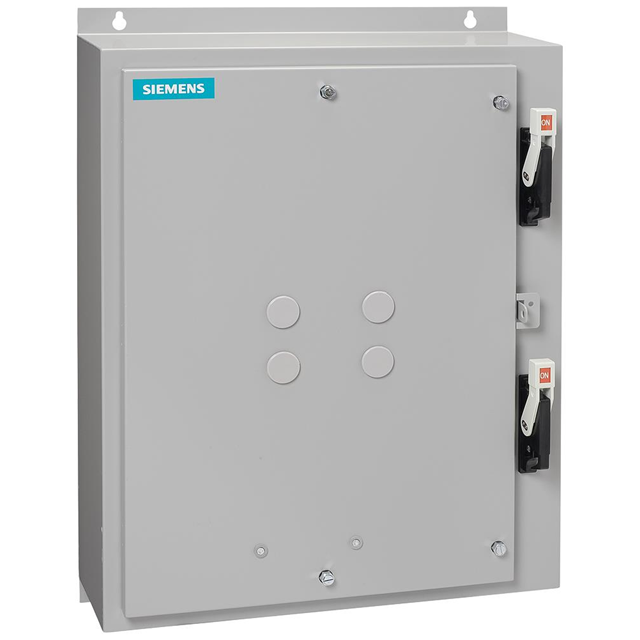




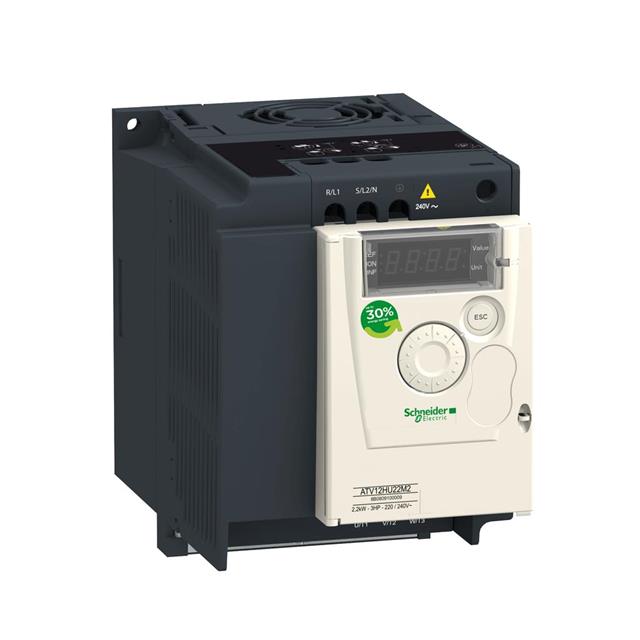

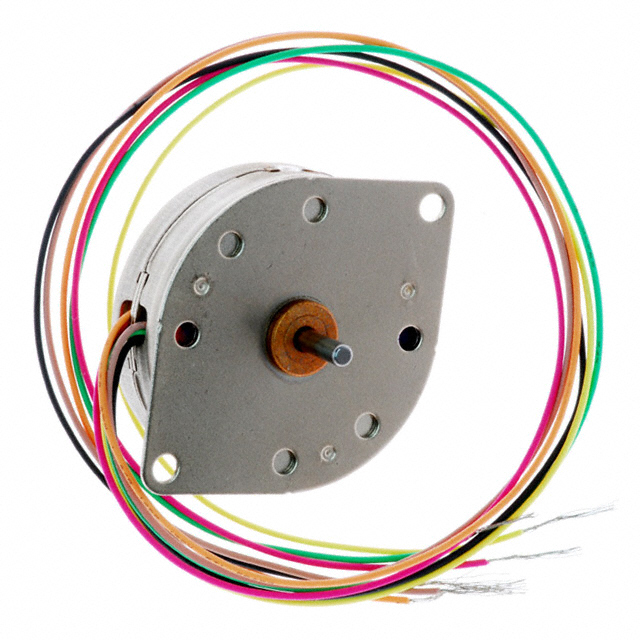
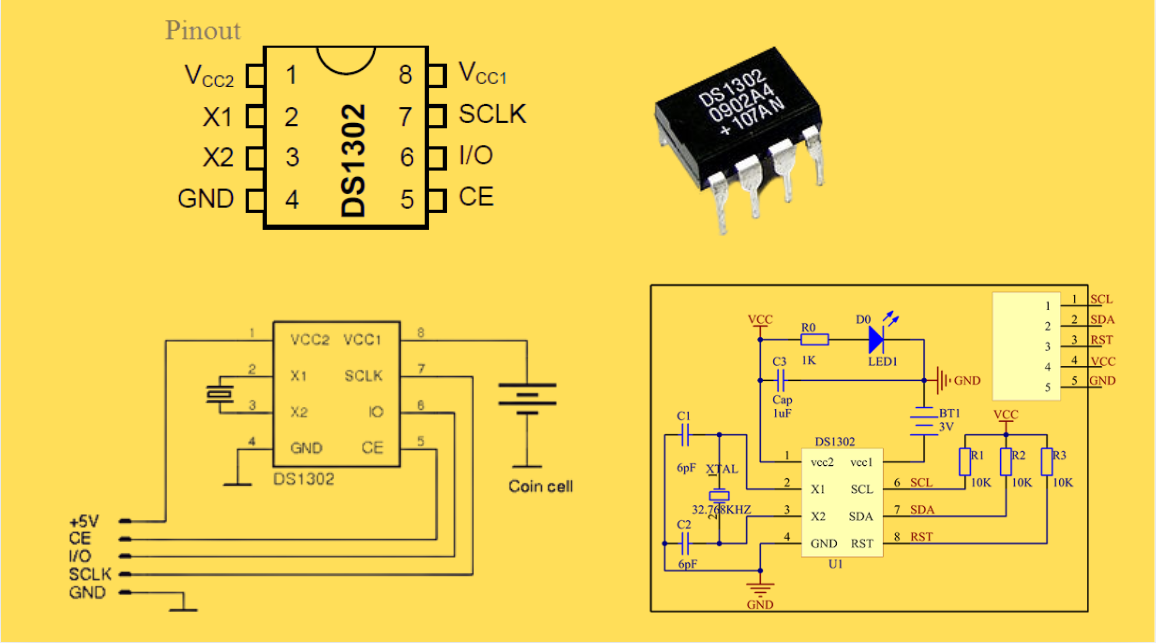
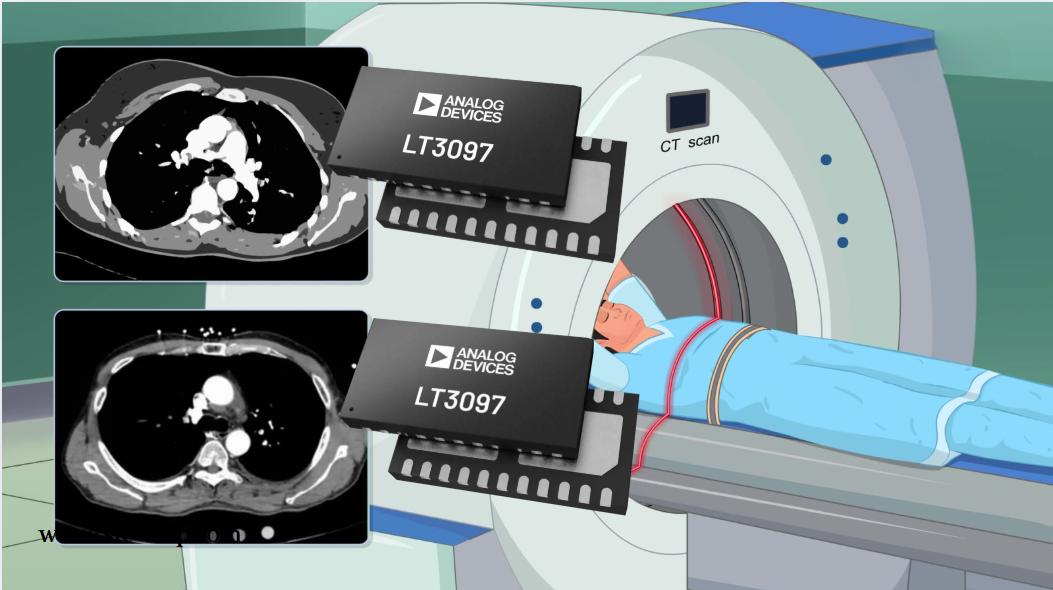
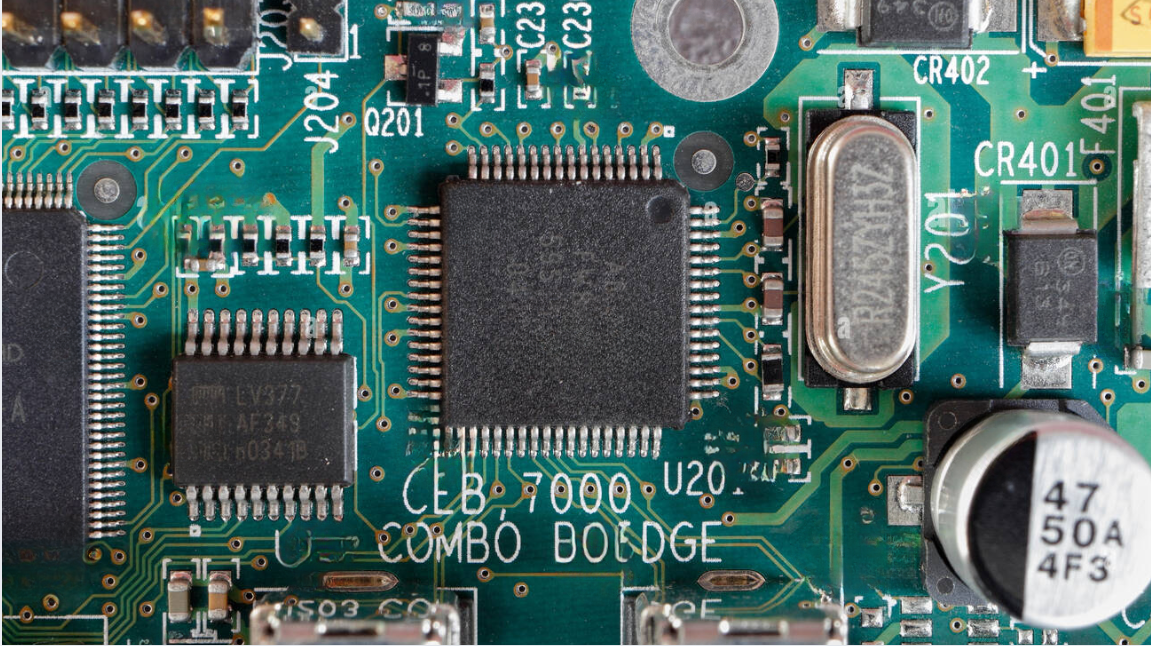
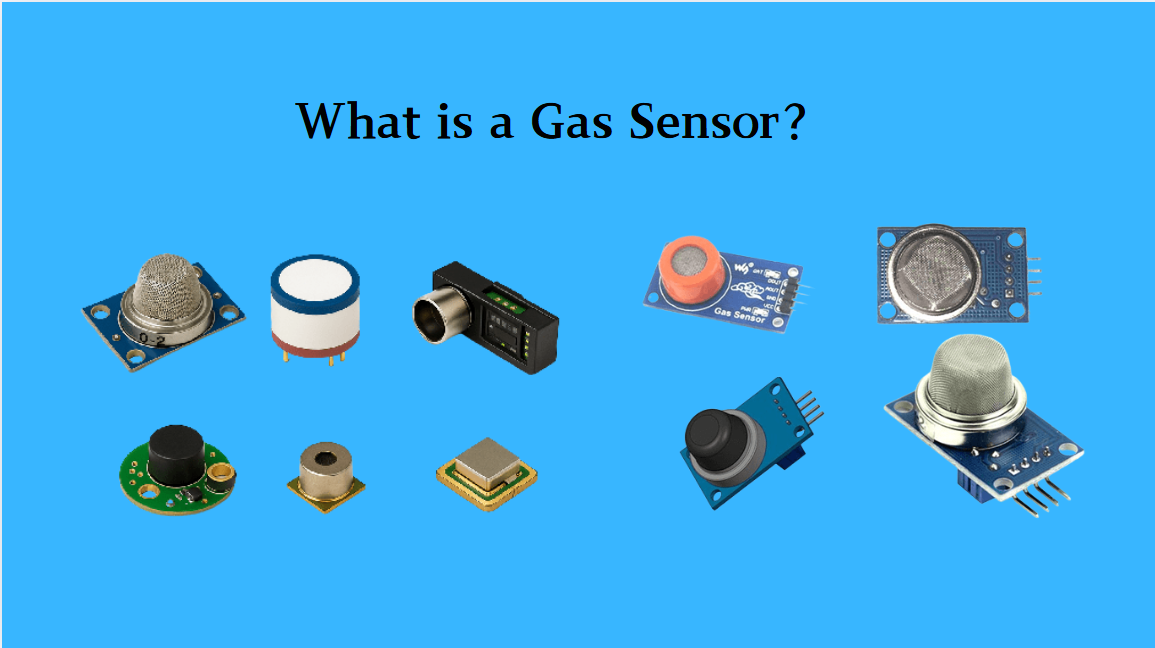
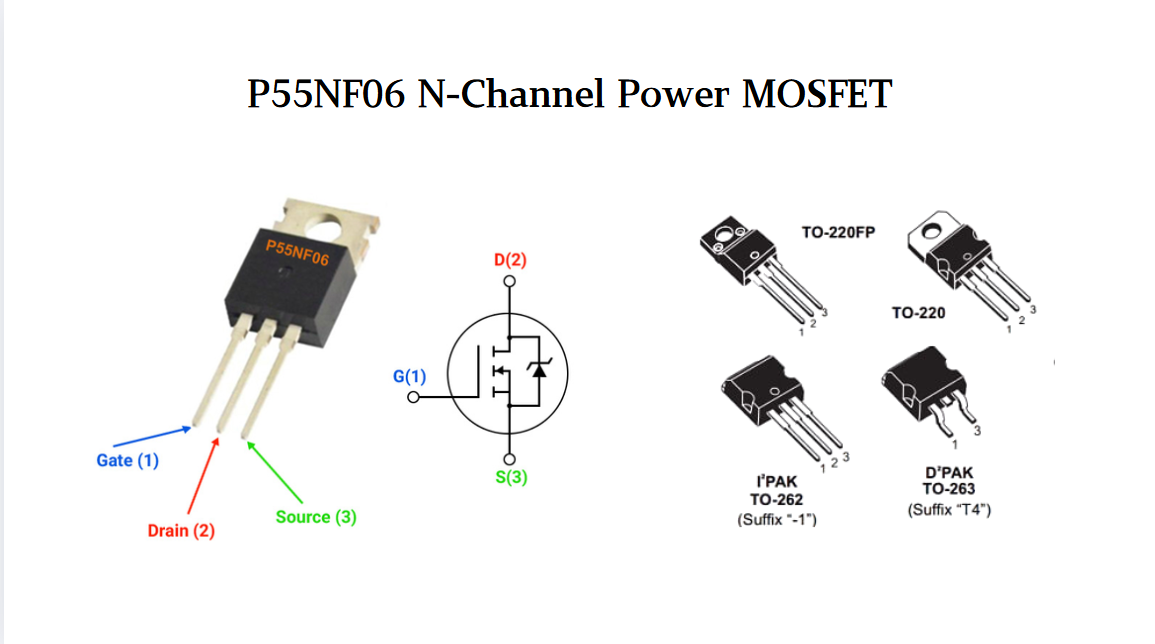


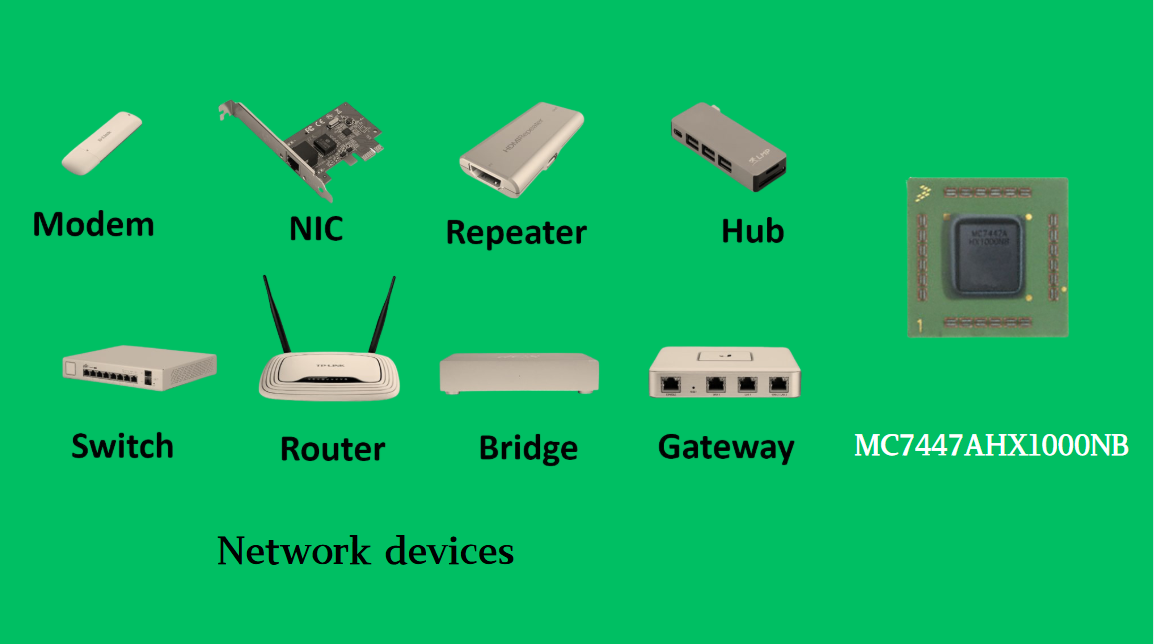
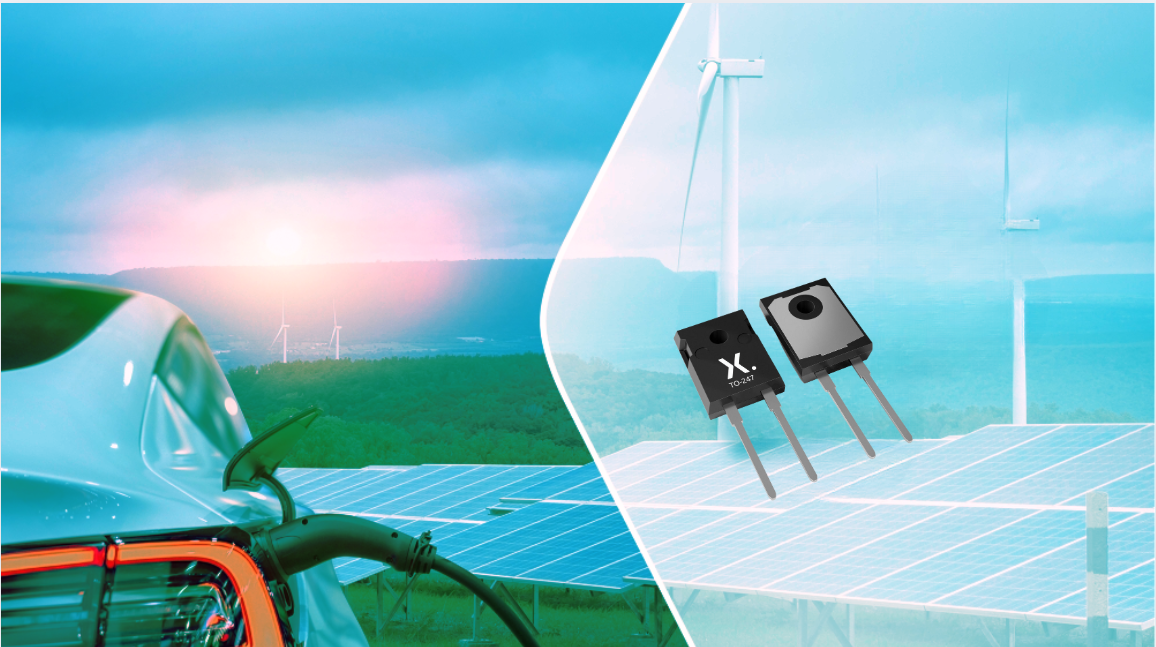
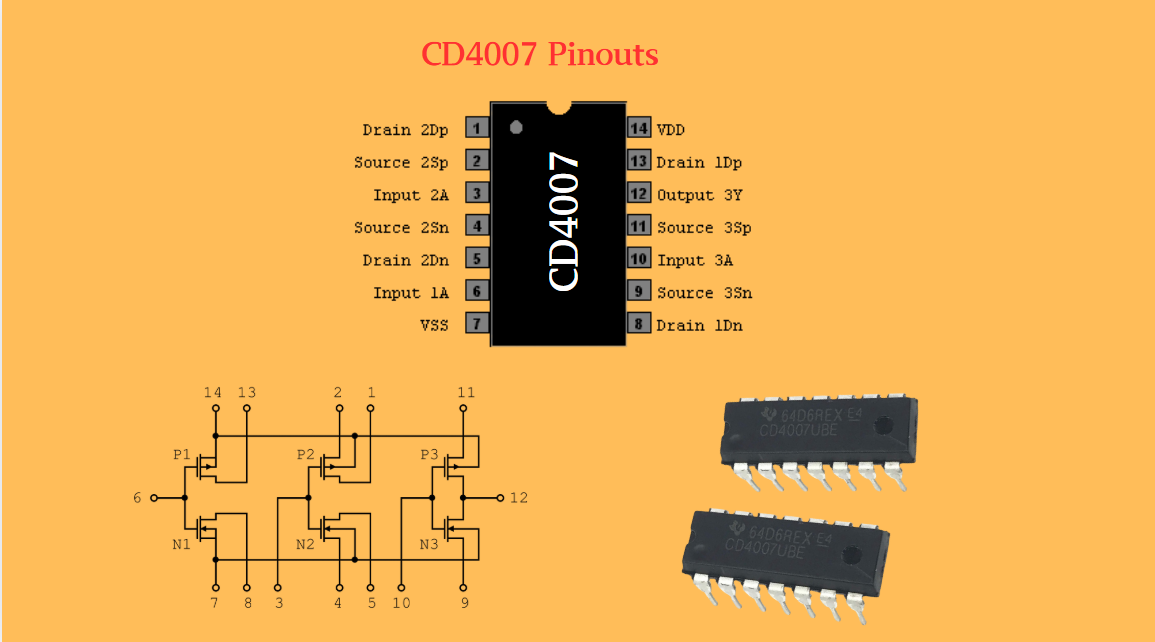
 Wishlist (0 Items)
Wishlist (0 Items)